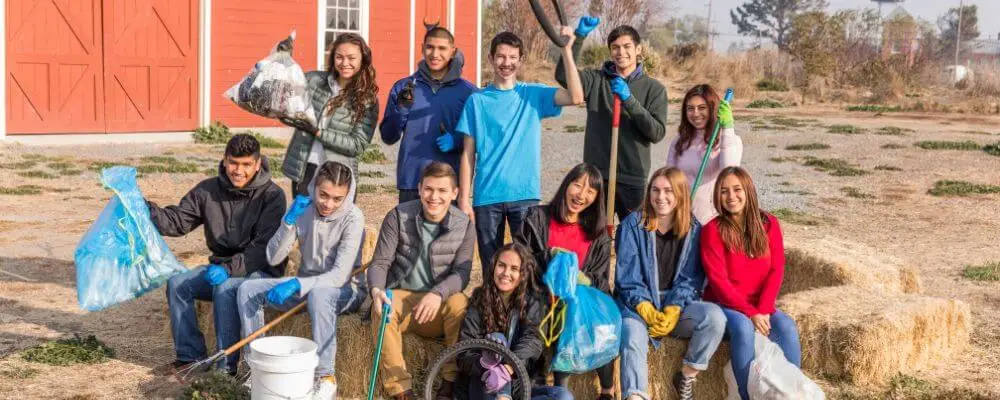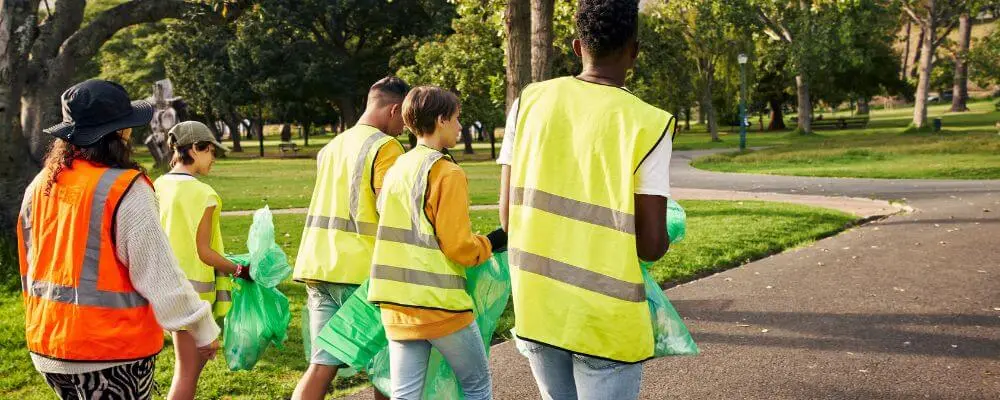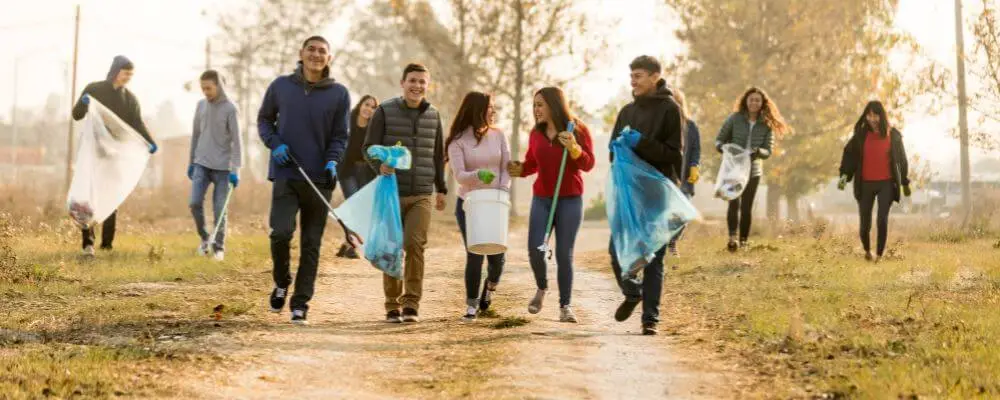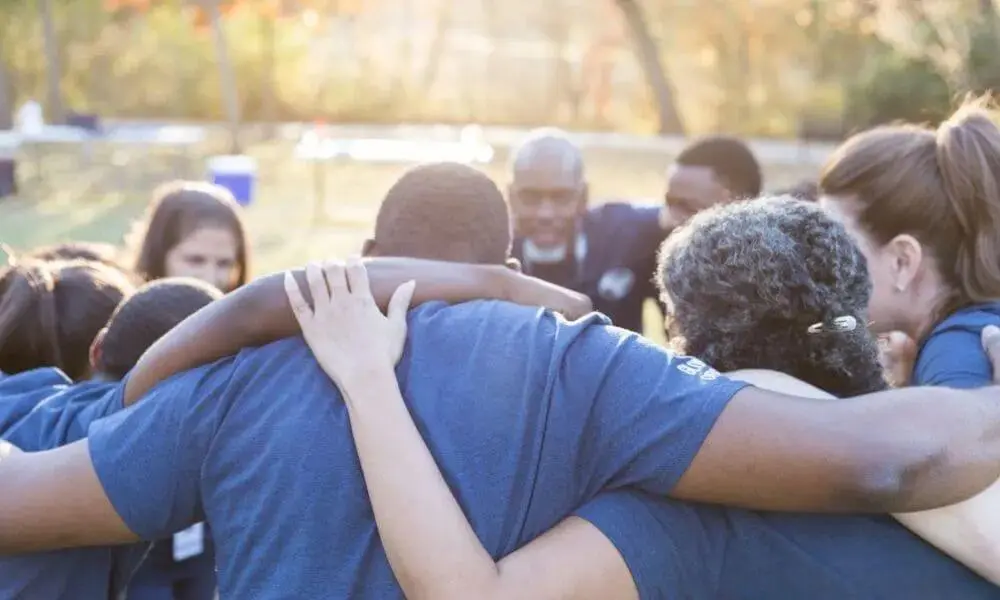Why is it important to engage communities in preparedness efforts? In our world, increasingly facing the challenges of natural disasters, health crises, and other emergencies, the importance of preparedness cannot be overstated. However, effective disaster management and resilience building are more than just about the policies crafted in government offices or strategies outlined in boardrooms. They hinge on engaging the very heart and fabric of society — our communities.
Communities are not just the first line of defence during emergencies; they are the cornerstone of effective preparedness and resilience. Their role transcends beyond being mere receivers of aid or beneficiaries of policies. For instance, in the aftermath of Hurricane Katrina, community-led initiatives were instrumental in providing immediate relief and spearheading long-term recovery efforts. This example underscores the invaluable insight communities offer in understanding local contexts, pinpointing unique vulnerabilities and strengths, and implementing sustainable measures.
In this blog, we will delve into the essential role of community engagement in preparedness efforts. We will explore how their involvement leads to more efficient strategies, empowerment, resilience, and long-term sustainability. From enhancing immediate response capabilities to fostering innovation and building trust, the benefits of community engagement in disaster preparedness are manifold.
However, engaging communities is not without its challenges. Resource constraints and coordination difficulties can pose significant obstacles. Yet, by addressing these issues head-on and working collaboratively, these challenges can be transformed into opportunities for growth and learning.
By highlighting the importance of community engagement, we aim to inspire more inclusive and participatory approaches to preparedness. After all, when it comes to confronting the challenges of disasters and emergencies, it truly takes a village. So, let’s actively explore how we can better engage communities in preparedness efforts for a more resilient future.

Why Is It Important To Engage Communities In Preparedness Efforts?
Engaging communities in preparedness efforts is crucial for effective disaster management. Here are several key reasons:
Harnessing Local Wisdom:
A community’s ability to prepare for disasters is greatly influenced by the rich body of information that has been accumulated over many generations. The knowledge that locals have about the topography, climate, and danger areas is extremely significant. Disaster preparedness can be greatly influenced, for instance, by farmers’ knowledge of flood-prone areas and fishermen’s expertise in coastal weather.
Using this knowledge in catastrophe preparation results in customized, effective plans. It aids in locating secure escape routes, establishing efficient communication, and quickly mobilizing available local resources. This cooperative approach guarantees that community voices affect the tactics, making them more relevant and tailored to local requirements, while also enhancing the efficacy of preparedness measures.
Fostering Empowerment:
Engaging in proactive preparedness activities greatly increases people’s sense of empowerment, enabling them to move from being passive recipients of assistance to proactive protectors of their own security. A strong sense of ownership over catastrophe preparedness plans is fostered by this empowering change. People are more likely to actively participate in, carry out, and promote these tactics in their communities when they see themselves as stakeholders in their safety. This increased sense of accountability not only guarantees the regular upkeep and prompt updating of readiness measurements, but it also strengthens their efficacy. Additionally, the process of community empowerment fosters a strong sense of solidarity and shared accountability, which are crucial components in creating a resilient community that can resist and recover from calamities.
Boosting Disaster Response:
Community members lead the way as first responders when a calamity occurs. They move quickly to coordinate rescue operations, provide help, and give affected individuals vital medical attention. It is crucial to provide these community members with training in first aid, search and rescue methods, and basic disaster management. This kind of planning not only makes it easier for them to make the most use of the resources at their disposal, but it also makes the community much more capable of responding quickly to disasters. This quick action can significantly lower the number of casualties and property damage, which is especially important in situations where every second counts.
Furthermore, by using a community-centred approach to readiness, help is guaranteed to be deployed quickly, which is vital during emergencies when delays may have disastrous repercussions. We create a community that is more resilient and self-sufficient and is equipped to handle emergencies by relying on local response activities rather than merely depending on outside organizations that might have delays in getting to the impacted areas.

Cultivating Resilience:
A community that is actively involved in its own readiness is by nature more robust. Here, resilience refers to our ability as a group to withstand, adjust, and recover from disasters. By providing the community with the necessary tools, information, and resources, inclusive preparation enables them to face and handle disasters with effectiveness. Proactive empowerment facilitates a more rapid and stronger recovery after a disaster.
Consider practical actions like constructing emergency supply stockpiles, developing detailed family disaster plans, or even mastering the quickest escape routes to safety. By being proactive, we may not only lessen the effects of calamities but also foster a resilient and self-sufficient culture. A community that is equipped with this knowledge and readiness is better able to confront and conquer obstacles in the future.
Maximizing Efficiency:
Involvement with communities promotes a more planned and effective use of resources for disaster readiness. Members can identify the most efficient and cost-effective use of resources by drawing on the community’s extensive knowledge about their area. This includes figuring out which industries need more training, pinpointing the best places to get emergency assistance, and identifying critical regions where infrastructure has to be reinforced. Authorities may optimize resource efficiency, reduce waste, and guarantee the effectiveness and impact of preparedness activities by utilizing these local insights.
Strengthening Ties:
Community participation involves a diverse range of stakeholders, including local citizens, organizations, and government authorities, and fosters an environment of open communication and teamwork. Through regular communication, these disparate groups can better synchronize their efforts, which in turn reduces miscommunication. This coordinated strategy guarantees a coherent comprehension and use of tactics related to crisis readiness, reaction, and recuperation. Improved coordination resulting from this kind of interaction leads to faster response times, more efficient plan implementation, and ultimately more successful recovery operations.

Building Trust:
Active community participation in preparedness efforts is essential for building trust, which is necessary for efficient disaster management. People in the community have greater faith in the authorities and organizations in charge of disaster management when they are actively involved. Responding and recovering effectively are greatly aided by this trust. People in the community are more likely to obey vital instructions and heed evacuation orders during emergencies, for example, if they have faith in these organizations.
Moreover, the development of trust via involvement fosters better collaboration and a sense of shared accountability, both of which are critical for handling emergency situations. Additionally, because they are engaging with reliable individuals, community members feel more comfortable raising issues, asking questions, and making suggestions in this setting, which fosters open and productive communication. To improve catastrophe plans and make sure community demands are addressed, two-way communication is essential.
Embracing Diversity:
Planning for readiness with the community in mind ensures that efforts are thorough and considerate of the various demands of each and every community member. This inclusive approach notably covers the requirements of older citizens suffering from mobility or health issues, children needing special care, individuals with impairments who require accessible communication and transportation, and people from various cultural backgrounds with distinct needs.
A disaster response and recovery procedure that is this broad-based is more successful. Preparation initiatives become more individualized and community-focused when the specific requirements of each community group are taken into account and addressed. This makes sure that nobody is left out in the event of a disaster and that everyone is taken care of, which promotes an environment for emergency response that is both genuinely inclusive and encouraging.
Honouring Diversity:
To effectively prepare for disasters, it is essential to actively interact with communities to have a thorough awareness of and respect for their distinct cultural norms, beliefs, and traditions. Effective response tactics are greatly influenced by the unique cultural fabric of each community, which includes local traditions about communication, food, and shelter, especially in times of emergency. Preparedness strategies that take these cultural subtleties into account make the reaction both more widely accepted and more successful. Because emergency measures are adapted to fit and respect the cultural context of the community, this method guarantees that they are both successful and long-lasting.

Encouraging Self-Reliance:
Participating in preparedness efforts gives communities the resources, information, and tools they need to be more independent. This empowerment makes them much less dependent on outside help, which makes it possible for them to respond to emergencies more quickly and skillfully.
Communities that actively engage in emergency preparedness, for example, learn critical skills such as first aid, building emergency shelters, and emergency communication techniques. When equipped with these skills, members of the community can respond to emergencies more quickly and effectively than when they must rely only on outside assistance. This strategy not only strengthens the community’s capacity for quick response but also makes it more robust.
Why Is It Important To Engage Communities In Preparedness Efforts: Conclusion
In conclusion, engaging communities in preparedness efforts is vital for enhancing disaster resilience, increasing awareness and understanding, facilitating effective communication, mobilizing local resources, encouraging inclusivity and equity, harnessing local knowledge and expertise, increasing efficiency and effectiveness, promoting sustainable development, encouraging personal responsibility, and influencing policy and decision-making. By actively involving community members, communities become more resilient, capable, and prepared to face disasters. The benefits of community engagement extend beyond immediate disaster responses and contribute to building long-term sustainability and well-being within communities. It is imperative to recognize the importance of community engagement and prioritize its integration into disaster preparedness efforts for a safer and more resilient future.
In the Philippines, a country prone to typhoons, local communities are actively involved in disaster risk reduction efforts. These communities conduct regular drills, share local knowledge, and participate in creating disaster management plans.
Frequently Asked Questions
1. What is community engagement?
Community engagement is working collaboratively with community members to address issues that impact their lives.
2. Why Is It Important To Engage Communities In Preparedness Efforts?
Community engagement enhances resilience, facilitates resource pooling, improves information dissemination, and fosters mutual support, critical to successful preparedness efforts.
3. What are some examples of community engagement in preparedness efforts?
Examples include community-based disaster management and participatory risk assessment.
4. What are some challenges in community engagement?
Challenges can include a lack of trust, insufficient resources, and competing interests among community members.
5. How can we achieve effective community engagement?
Effective community engagement can be achieved through trust, collaboration, and sustained engagement.
